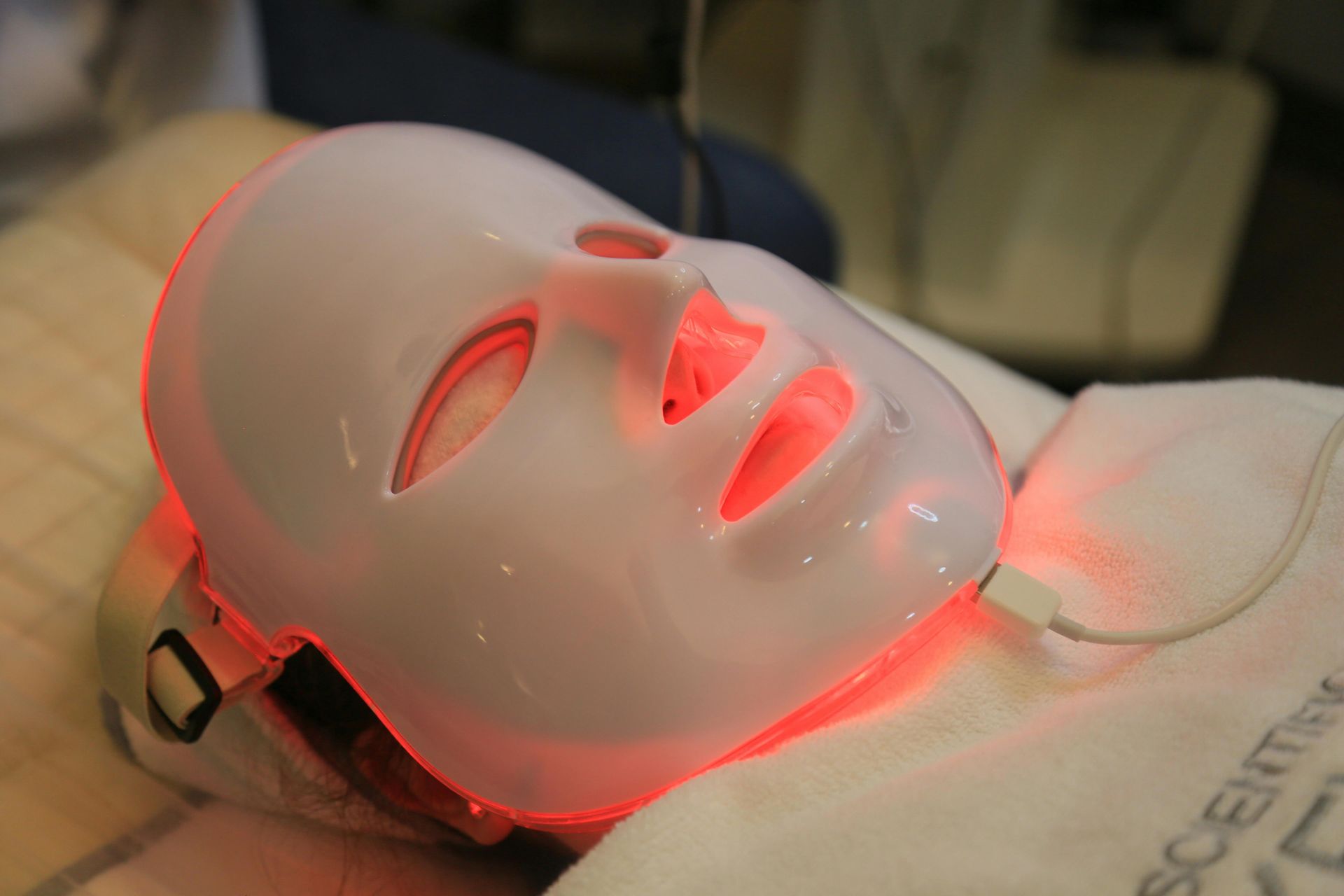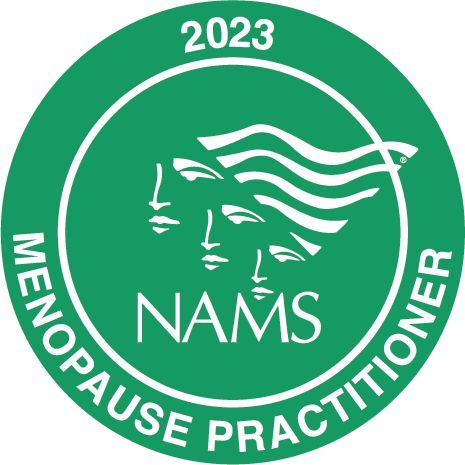If Mood Swings, Fatigue, and Irritability Are Wrecking Your Midlife- Discover the Overlooked Solution That Could Change Everything

From “Why Am I Suddenly So Irritable?” to Empowered: Understanding Progesterone Intolerance in Perimenopause
Earlier this year, I found myself in a place many of my patients know all too well: snapping at my partner over a forgotten errand, fighting off a wave of unreasonable sadness, and struggling to keep my eyes open by 3 PM. As a nurse practitioner and menopause specialist, I finally recognized my symptoms- low mood, irritability, relentless “knit-picking,” and fatigue- weren’t just the usual stresses of life. After adjusting my hormone therapy (and learning to forgive myself on tough days), I realized how critical it is for women to understand progesterone intolerance, especially in perimenopause.
Here’s what every woman- and those who care for them- should know.
What Is Progesterone Intolerance?
You may notice that progesterone is often added to estrogen therapy. This is because, for women with a uterus, progesterone helps prevent estrogen from causing abnormal thickening of the uterine lining (endometrial hyperplasia), which can increase cancer risk. Progesterone can also help relieve menopause-related symptoms for some women.
Well, progesterone intolerance occurs when your body reacts poorly to progesterone- commonly used in hormone therapy- or to its synthetic counterparts, known as "progestins," which are found in many birth control pills. This isn’t just discomfort, it’s a collection of emotional, physical, and metabolic symptoms that make taking this hormone intolerable for 10–20% of women, especially during perimenopause, when hormone fluctuations are wild.
Certain clues can signal a higher likelihood of progesterone intolerance: a personal history of premenstrual syndrome (PMS), sensitivity to birth control pills, previous mood swings, or struggles with depression. Spotting these signs early allows you to pursue evidence-based alternatives, helping you feel better sooner and ensuring your treatment genuinely supports your well-being.
Why Progesterone Intolerance Matters to You
For most women, micronized progesterone (the “body-identical” form) actually improves sleep quality, stabilizes mood, reduces anxiety, and can lessen night sweats. Large clinical studies show that oral micronized progesterone supports better sleep and mental well-being during perimenopause and menopause.
However, if you’re among those with progesterone intolerance, you experience exactly the opposite: worse sleep, mood swings, irritability, anxiety, and fatigue- sometimes severe enough to make progesterone therapy feel impossible. This paradox is why identifying progesterone intolerance is so important: while most women benefit from this therapy, a significant minority see a clear decline in quality of life when exposed to it. In fact, this can be a frequent reason women abandon hormone therapy altogether, missing out on the relief they need for other menopausal symptoms.
Symptoms: How Progesterone Intolerance Shows Up
Progesterone intolerance symptoms commonly peak during perimenopause or after starting hormone therapy. These symptoms generally fall into three categories and can resemble those experienced during PMS:
1. Psychological Symptoms
- Low mood/depression
- Anxiety, panic, or restlessness
- Irritability, aggression
- Poor concentration (“brain fog”)
- Emotional lability (tearfulness, feeling overwhelmed)
2. Physical Symptoms
- Fatigue and sleep disturbance
- Fluid retention or bloating
- Headaches or migraines
- Breast tenderness
- Skin changes: acne or oily skin
- Dizziness
3. Metabolic Symptoms
- Weight gain
- Worsening of blood sugar or cholesterol levels (more common with some synthetic progestins)
These symptoms can overlap with perimenopause itself, which is why patterns matter- the timing of flares, especially soon after starting progesterone or in the luteal phase (second half of the menstrual cycle), can be a clue.
What Can You Do? Evidence-Based Solutions
1. Track Your Symptoms
- Keep a daily diary of mood, sleep, irritability, fatigue, and physical changes for several weeks. Many women don't understand the benefit of tracking their symptoms, however it really does help you and your provider see patterns and triggers.
2. Adjust the Progesterone Type and Route
- Natural (body-identical) progesterone, such as micronized progesterone, generally causes fewer side effects than synthetic progestins.
- Some women tolerate progesterone better via the vaginal route, rather than orally. In some cases, using vaginal progesterone on alternate evenings or at a lower dose may be an option and can still protect the uterus while limiting how much reaches the rest of the body, helping to minimize side effects.
- Intrauterine devices containing low-dose progestin (like the Mirena coil) offer endometrial protection with fewer systemic effects
3. Review the Dose
- Sometimes reducing the progesterone dose or using it cyclically (rather than continuously) can minimize symptoms without compromising safety, especially endometrial protection.
4. Adjust Estradiol
- In some women, tweaking estradiol (estrogen) dose- up or down- may balance mood or physical symptoms.
5. Consider Duavee (bazedoxifene/estrogen)
- For women who can't tolerate progesterone, Duavee combines estrogen with bazedoxifene- a medication that protects the uterus without using progesterone. This may relieve symptoms and prevent bone loss. (May not be suitable for everyone; discuss with your provider.)
6. Consider Non-hormonal Alternatives
For severe intolerance, non-hormonal therapies and lifestyle interventions can be discussed. For those with an intact uterus, limiting estrogen-only therapy is essential due to risks of endometrial cancer unless other alternatives are considered.
7. Personalized Approach
- If you have a history of PMS, mood disorders, or significant hormone sensitivity, be especially proactive in monitoring symptoms. Team up with a menopause specialist, like me, who can tailor your therapy based on your unique profile- and adjust as needed.
Transformational Takeaway
Recognizing and validating progesterone intolerance can be a transformative moment in your care. It allows you to let go of self-blame when small issues feel overwhelming and prevents the frustration of abandoning hormone therapy without hope. With thoughtful symptom tracking, exploring alternative progesterone formulations and routes, and careful dose adjustments, you can transition from confusion and distress to feeling more in control and at ease.
You are not alone- there are evidence-based solutions to help you. If you’re seeking individualized support and guidance, I invite you to schedule a visit for personalized care and a plan tailored to your needs. I look forward to helping you!
















